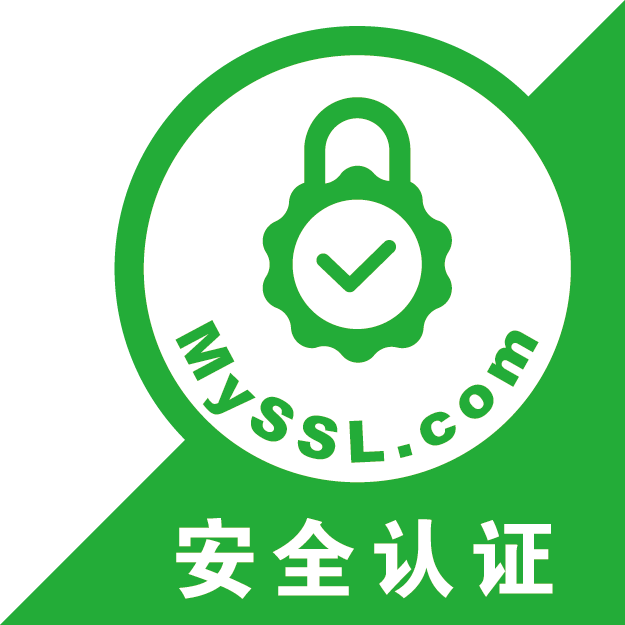#!/usr/bin/env python
# -*- coding:utf-8 -*-
# 需要安装的库
# pip install paddlepaddle -i https://mirrors.aliyun.com/pypi/simple/
# pip install paddleocr -i https://mirrors.aliyun.com/pypi/simple/
# pip install cv2 -i https://mirrors.aliyun.com/pypi/simple/
# pip install numpy -i https://mirrors.aliyun.com/pypi/simple/
# pip install Pillow -i https://mirrors.aliyun.com/pypi/simple/
import os
import cv2
import numpy as np
from PIL import Image
from paddleocr import PaddleOCR, draw_ocr
class DeleteImageWatermark:
def __init__(self):
pass
def distinguish_string(self, img_path, lang='ch'):
"""
得到文字识别结果列表
img_path: 图片路径
lang: 默认为识别中文
return: 返回所有被识别到的文字文本框坐标、文字内容和置信度
如:[
[[[1415.0, 977.0], [1482.0, 977.0], [1482.0, 1001.0], [1415.0, 1001.0]], ('小红书', 0.868567168712616)],
[[[1441.0, 1001.0], [1493.0, 1001.0], [1493.0, 1024.0], [1441.0, 1024.0]], ('小红书', 0.9620211124420166)]
]
"""
orc = PaddleOCR(use_angle_cls=True, lang=lang)
result = orc.ocr(img_path, cls=True)
return result
def save_distinguish_result(self, result, img_path, save_path):
"""
将识别文字的结果输出图片
"""
image = Image.open(img_path).convert('RGB')
boxes = [line[0] for line in result]
txts = [line[1][0] for line in result]
scores = [line[1][1] for line in result]
im_show = draw_ocr(image, boxes, txts, scores, font_path='./fonts/simfang.ttf')
im_show = Image.fromarray(im_show)
im_show.save(save_path)
def delete_watermark(self, result_list, kw_list, img_path, delete_path):
"""
将符合目标的水印,模糊化处理
"""
# 获取所有符合目标的文本框位置
text_axes_list = []
for line in result_list:
for kw in kw_list:
if kw in line[1][0]:
min_width = int(min(line[0][0][0], line[0][3][0]))
max_width = int(max(line[0][1][0], line[0][2][0]))
min_hight = int(min(line[0][0][1], line[0][1][1]))
max_hight = int(max(line[0][2][1], line[0][3][1]))
text_axes_list.append([min_width, min_hight, max_width, max_hight])
break
# 去除水印
delt = 10 # 文本框范围扩大
img = cv2.imread(img_path, 1)
tmp_delete_path = delete_path.split('.')[0] + '_test.' + delete_path.split('.')[1] # 临时图片地址
cv2.imwrite(tmp_delete_path, img)
for text_axes in text_axes_list:
img = cv2.imread(tmp_delete_path, 1)
hight, width = img.shape[0:2]
# 截取图片
min_width = text_axes[0] - delt if text_axes[0] - delt >= 0 else 0
min_hight = text_axes[1] - delt if text_axes[1] - delt >= 0 else 0
max_width = text_axes[2] + delt if text_axes[2] + delt <= width else width
max_hight = text_axes[3] + delt if text_axes[3] + delt <= hight else hight
cropped = img[min_hight:max_hight, min_width:max_width] # 裁剪坐标为[y0:y1, x0:x1]
cv2.imwrite(delete_path, cropped) # 保存截取的图片
imgSY = cv2.imread(delete_path, 1)
# 图片二值化处理,把[200,200,200]-[250,250,250]以外的颜色变成0
start_rgb = 200
thresh = cv2.inRange(imgSY, np.array([start_rgb, start_rgb, start_rgb]), np.array([250, 250, 250]))
# 创建形状和尺寸的结构元素
kernel = np.ones((3, 3), np.uint8) # 设置卷积核3*3全是1;将当前的数组作为图像类型来进⾏各种操作,就要转换到uint8类型
# 扩展待修复区域
hi_mask = cv2.dilate(thresh, kernel, iterations=10) # 膨胀操作,白色区域增大,iterations迭代次数
specular = cv2.inpaint(imgSY, hi_mask, 5, flags=cv2.INPAINT_TELEA)
# imgSY:输入8位1通道或3通道图像。
# hi_mask:修复掩码,8位1通道图像。非零像素表示需要修复的区域。
# specular:输出与imgSY具有相同大小和类型的图像。
# 5:算法考虑的每个点的圆形邻域的半径。
# flags:NPAINT_NS基于Navier-Stokes的方法、Alexandru Telea的INPAINT_TELEA方法
cv2.imwrite(delete_path, specular)
# 覆盖图片
imgSY = Image.open(delete_path)
img = Image.open(tmp_delete_path)
img.paste(imgSY, (min_width, min_hight, max_width, max_hight))
img.save(tmp_delete_path)
os.remove(delete_path)
os.rename(tmp_delete_path, delete_path)
def has_kw(self, result_list, kw_list):
"""
图片是否包含目标水印,返回匹配到的文字列表
"""
result_str_list = []
for line in result_list:
for kw in kw_list:
if kw in line[1][0]:
result_str_list.append(line[1][0])
break
return result_str_list
def main(kw_list, img_path, result_path):
"""
kw_list: 需要识别的文字列表
img_path: 输入的图片地址
result_path: 输出去水印的结果图片地址
"""
d = DeleteImageWatermark()
# 识别文字
result = d.distinguish_string(img_path)
for line in result:
print(line) # 打印识别结果:识别到的文字文本框坐标、文字内容和置信度
# 显示文字识别结果
d.save_distinguish_result(result, img_path, os.path.dirname(__file__) + '/test_01.jpg')
# 是否含有指定水印
result_str_list = d.has_kw(result, kw_list)
if len(result_str_list) > 0:
# 删除水印
d.delete_watermark(result, kw_list, img_path, result_path)
print('共有 %d 处水印,都已删除成功!' % len(result_str_list))
return True
else:
print('无指定水印!')
return False
if __name__ == '__main__':
# 图片地址
#path = os.path.dirname(__file__)
path=os.getcwd()
img_path = path + '/去除水印.jpg'
result_path = path + "/result.jpg"
# 删除指定水印
kw_list = [ '快手', '抖音', '网易云']
main(kw_list, img_path, result_path)
python批量去除图片文字水印
温馨提示:
本文最后更新于2023年08月14日,已超过270天没有更新,若内容或图片失效,请留言反馈。
本站资源多为网络收集,如涉及版权问题请及时与站长联系,我们会在第一时间内删除资源。
本站用户发帖仅代表本站用户个人观点,并不代表本站赞同其观点和对其真实性负责。
本站一律禁止以任何方式发布或转载任何违法的相关信息,访客发现请向站长举报。
本站资源大多存储在云盘,如发现链接失效,请及时与站长联系,我们会第一时间更新。
转载本网站任何内容,请按照转载方式正确书写本站原文地址。
版权属于:
深蓝
作品采用:
《
署名-非商业性使用-相同方式共享 4.0 国际 (CC BY-NC-SA 4.0)
》许可协议授权




评论